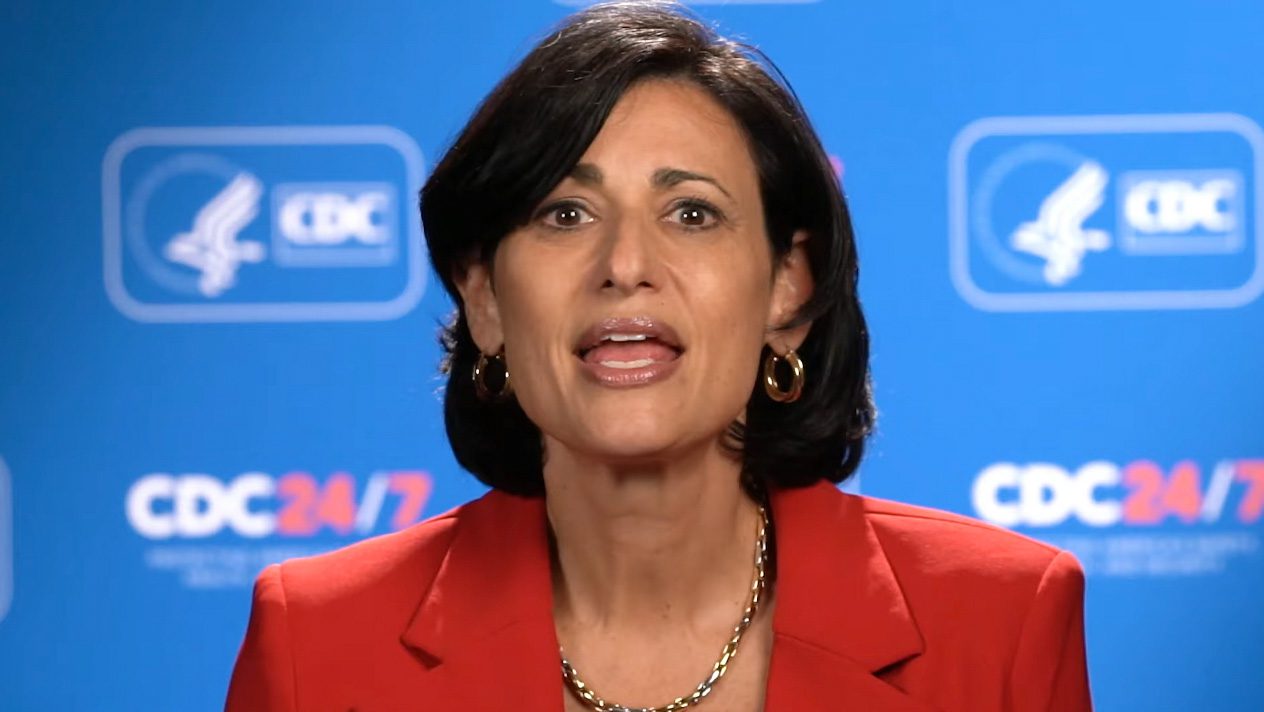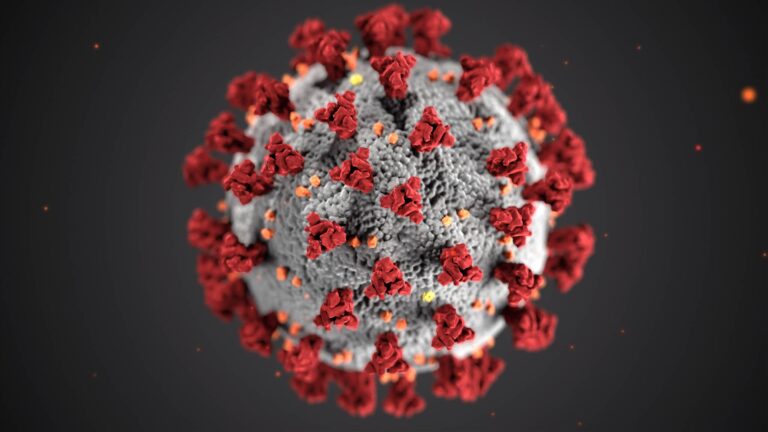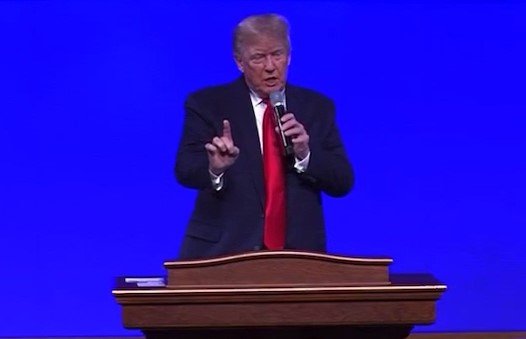CDC Used Phone Location Data to Monitor Churches and Schools to Determine Whether Americans Followed Covid Lockdown Orders

The Centers for Disease Control and Prevention used phone location data to track millions Americans in 2021.
The CDC monitored curfew zones, churches, schools, neighbor-to-neighbor visits and trips to pharmacies through SafeGraph, a controversial data broker.
The CDC purchased the phone data and used Covid-19 as an excuse to buy the data more quickly and in larger quantities according to documents exclusively obtained by Motherboard through a FOIA request.
The CDC used the data to determine whether Americans were complying with Covid lockdown orders.
TRENDING: Democrats SCREAM AND WAIL Like Demons After News Breaks that SCOTUS Is Tossing Roe v Wade
Motherboard reported:
The documents reveal the expansive plan the CDC had last year to use location data from a highly controversial data broker. SafeGraph, the company the CDC paid $420,000 for access to one year of data to, includes Peter Thiel and the former head of Saudi intelligence among its investors. Google banned the company from the Play Store in June.
The Centers for Disease Control and Prevention (CDC) bought access to location data harvested from tens of millions of phones in the United States to perform analysis of compliance with curfews, track patterns of people visiting K-12 schools, and specifically monitor the effectiveness of policy in the Navajo Nation, according to CDC documents obtained by Motherboard. The documents also show that although the CDC used COVID-19 as a reason to buy access to the data more quickly, it intended to use it for more general CDC purposes.
The CDC used the data for monitoring curfews, with the documents saying that SafeGraph’s data “has been critical for ongoing response efforts, such as hourly monitoring of activity in curfew zones or detailed counts of visits to participating pharmacies for vaccine monitoring.” The documents date from 2021.
Motherboard obtained the documents through a Freedom of Information Act (FOIA) request with the CDC.
The documents contain a long list of what the CDC describes as 21 different “potential CDC use cases for data.” They include:
-
“Track patterns of those visiting K-12 schools by the school and compare to 2019; compare with epi metrics [Environmental Performance Index] if possible.”
-
“Examination of the correlation of mobility patterns data and rise in COVID-19 cases […] Movement restrictions (Border closures, inter-regional and nigh curfews) to show compliance.”
-
“Examination of the effectiveness of public policy on [the] Navajo Nation.”
Read the full report by Motherboard here.






